Unlike in Europe where flat-fronted cab-over tractor units reign supreme, we have a good mix of the North American bonneted trucks (also called ‘conventional’) where the engine sits in front of the cab, and cab-over, where the engine is under the driver, i.e. the cab sits over the engine. There are advantages and disadvantages to each decision.
Why would you choose a bonneted truck?
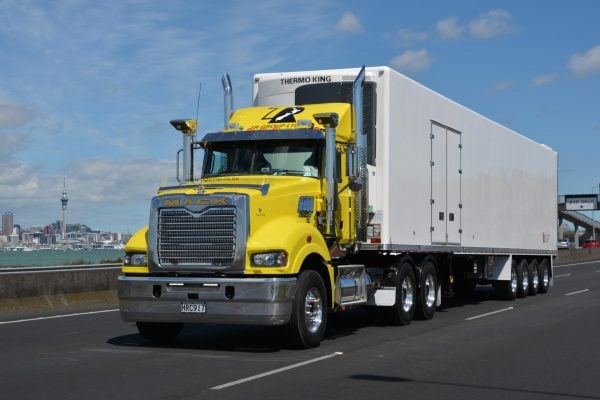
If you are driving on rough ground, such as hauling logs on forestry roads, the extra comfort given by the longer wheelbase of a bonneted truck is appealing. In a conventional truck, the driver sits over the front wheels which means every large bump is magnified, whereas the driver sits in the middle of the wheelbase of a bonneted truck. Even on regular roads, a conventional truck has a comfort advantage.
Bonneted trucks can be quieter than cab over trucks because the engine is not right under the driver and the exhausts tend to exit above the cab at the rear, through the stacks. This mainly applies when driving (and mostly to older trucks due to new trucks having much better quality sound deadening), but also consider if you have a sleeper cab and might need to keep the engine running for heating purposes. The sleeper is right over the engine.
It tends to be slightly quicker to do a pre-start check on a bonneted truck because opening the bonnet to check the engine is often easier than tipping the whole cab. When you tip the cab, you also have to make sure anything in the cab is secured otherwise it rolls forwards into the footwells. This feature also makes bonneted trucks slightly easier to work on as there’s more space around the engine.
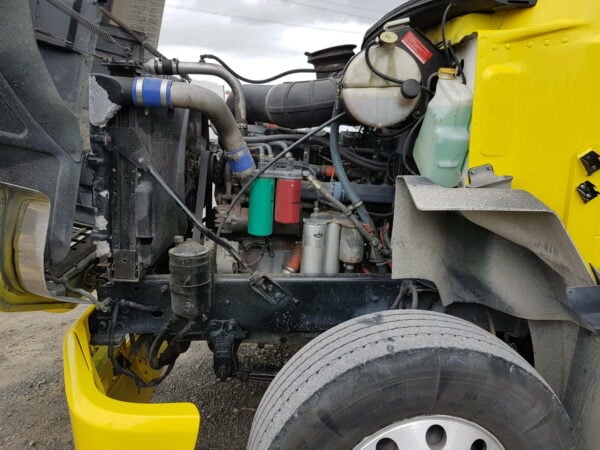
Bonneted trucks can be more aerodynamic than the flat-fronted cab-over tractor unit. While this isn’t much of a factor when driving slowly, at open road speeds, that extra resistance adds up to more fuel used.
A bonneted truck can be shorter in height because the cab isn’t built over the engine. This makes it easier for the driver to climb in and out of and, as mentioned above, can make the cab more aerodynamic because a roof kit can be used to help deflect air over the trailer.
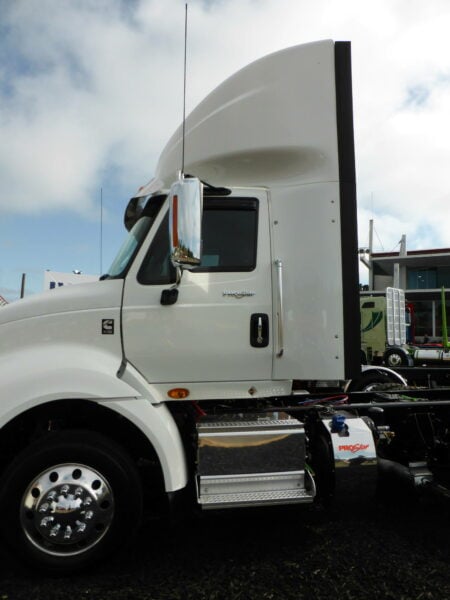
Bonneted trucks with a sleeper cab don’t suffer as much from radiant engine heat into the cab. This can make a sleeper cab uncomfortably hot in summer. However, this heat can be welcome in winter. It can be harder to add a good-sized sleeper cab on a cab-over truck because of the height of the engine.
While this is less and less an issue, bonneted trucks tend to come with a wider range of bigger engines with more torque which are better for pulling heavy loads on difficult terrain.
Drivers like the additional perceived safety of having that massive crumple zone in front of the cab as opposed to being right at the face of a potential impact.
Because there is no engine to consider, the cab layout can be more flexible in a bonneted truck. There’s no raised area (‘kennel’ or ‘dog box’) between the seats that has to accommodate the top of the engine.
Many drivers prefer the image of a bonneted truck. If you grew up with Smokey and Bandit or idolising American truckers, then the bonneted truck meets those desires. It can also help with driver retention.
Bonneted trucks often feel like they have more room, although this mostly applies to older models as new European cab-over trucks are ergonomically well-designed.
Why would you choose a cab-over truck?
It’s much easier to manoeuvre a cab-over truck. Bonneted trucks have a massive turning circle and it’s more difficult to judge where the front corners are in tight spaces. This makes the cab-over truck a clear winner in cities.
Cab-over tractor units tend to have much better visibility. They are taller and you don’t have the massive bonnet in the way.
Cab-over tractor units are much shorter than bonneted tractor units which means you can pull a longer trailer, which means more freight carried. That should equate to more profit. The reason is because we have a maximum overall length of truck, rather than just the trailer.
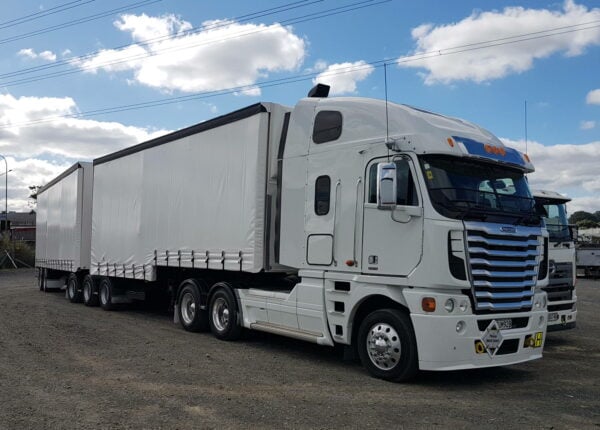
Are there any alternatives?
There are a few cab-forward trucks. These are where the driver’s seat is ahead of the front wheels. As the seats are not over the engine, the cab can be lower, like a conventional tractor unit. However, these are not usually used as tractor units, but are fitted out for rigid applications such as garbage trucks, fire engines, short-radius distribution and airport applications. They could be used as truck and trailer combinations.
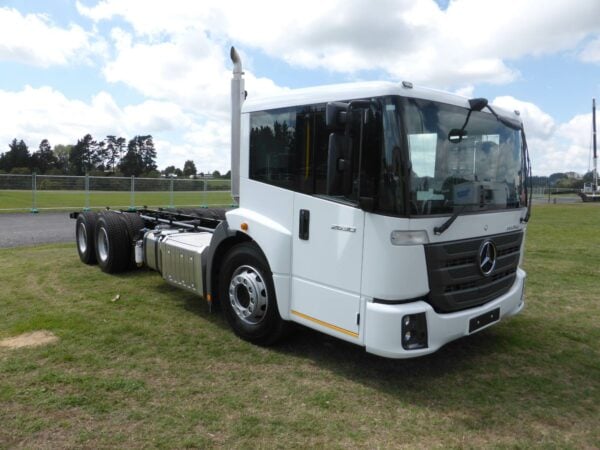
Which one should you use?
Another consideration for the two options are the types of trailer you will connect to, and how frequently. We recommend you take the trailer coupling course to learn how to do it properly and avoid damage as it can cost between $5000-15000 to repair or replace a damaged fifth wheel.
If you can’t decide between which truck you like, you could rent a truck for a day from a company such as TR Group.
The basic advantages of a conventional bonneted truck are comfort, space, engine power, ease of access, ease of pre-start check and maintenance, image and aerodynamics.
The basic advantages of a cab-over truck are better manoeuvrability, better visibility, and the ability to pull a longer trailer.

